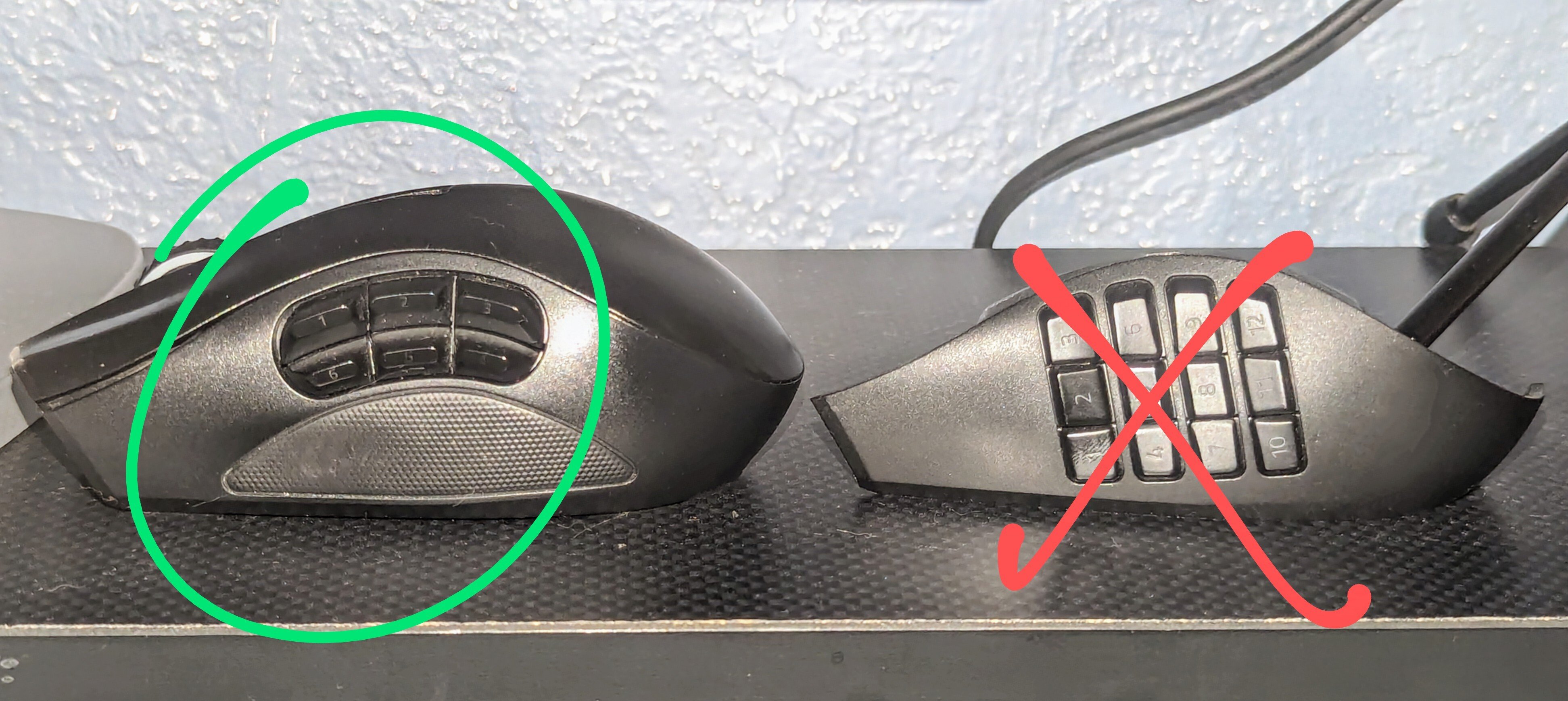this post was submitted on 03 Mar 2024
176 points (96.8% liked)
techsupport
2455 readers
5 users here now
The Lemmy community will help you with your tech problems and questions about anything here. Do not be shy, we will try to help you.
If something works or if you find a solution to your problem let us know it will be greatly apreciated.
Rules: instance rules + stay on topic
Partnered communities:
founded 1 year ago
MODERATORS
you are viewing a single comment's thread
view the rest of the comments
view the rest of the comments

No idea. Opened up to see if the issue was obvious but nothing was out of the ordinary looking.
First idea would be to check usb cable
I tested the cable on other things and it works fine. I can't try another cable on the mouse because it's that bullshit proprietary microusb
Oops, I'm being stupid again. I thought about regular wired mouse. Also I'm assuming mouse is not detected by OS and there is no indication that mouse works at all.
How microusb can be proprietary? What happened to it?
Razer has a special mold for the outlets of their mice so that only a micro USB cable with the matching mold (aka the one they sell) can fit it. They probably have some excuse about how it helps hold the cord in place or something but I think it's dumb as hell. I'll post a photo when I have a chance.
Can you explain step 2 as you would to a six year old? This is literally my first time using a multimeter in a practical setting. I know what continuity mode is and that's about it.
English is not my native language, so my explaination would probably be shit.
First you select continuity mode(one where shirting probes makes multimeter beep).
Then you plug cable into disassembled mouse, start with finding where USB shielding connected to by placing(touching with) one probe on outer metal rectangle and metal body and pins of socket one at a time. It is possible for ground and shielding to be shorted, this is how you check for it.
Then you google "usb type a pinout" and check continuity of all wires and pins. Also check for shorts between them. This is how you check wire and port.
Checking soldering joints is simply watching at them for obvious cracks. If you can't find any, then try plugging in mouse while pressing on soldering pads in case of tiny fracture.